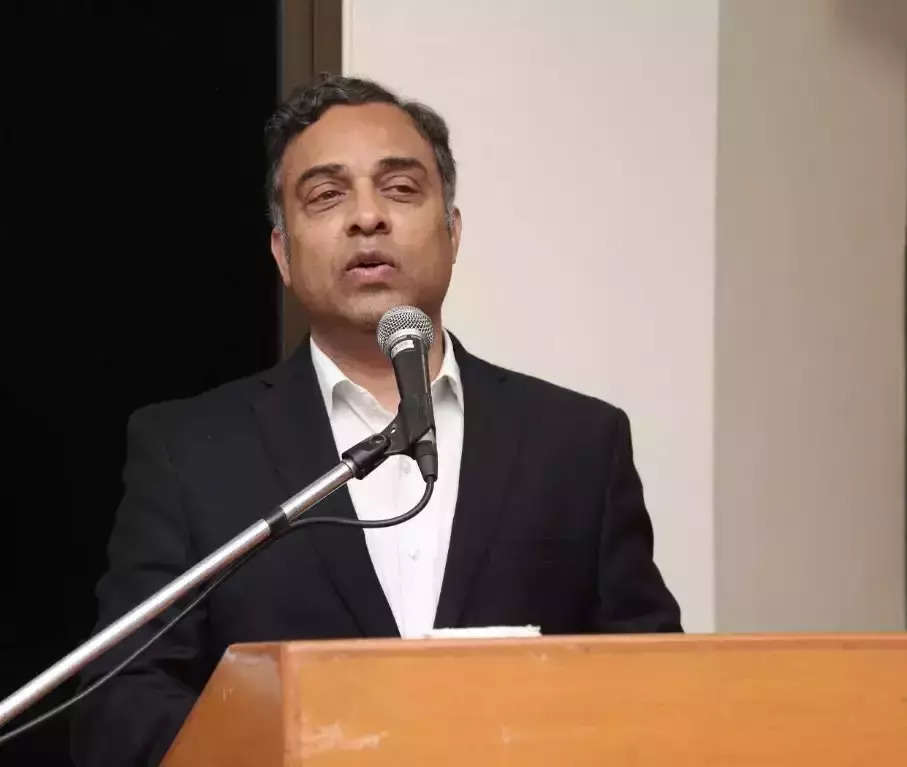
New Delhi: To accelerate the adoption of EVs (electric vehicles), the ecosystem needs to strategically plan the establishment of charging networks across the country, Dr Hanif Qureshi, Additional Secretary, MHI (Ministry of Heavy Industries) said on Wednesday.
As per data sourced from VAHAN and JMK Research, India has over 4 million EVs on the road, and these are supported by nearly 12,200 public EV charging stations nationwide. This translates to about 135 EVs per charging station.
China has about 9 EVs per charging station. Europe employs about 24-25 EVs per charger, and similar is the number for the US. The global average is at 11 EVs per charging station.
However, India’s charging infrastructure needs are unique, considering the vehicle mix is dominated by two-wheelers and three-wheelers, as against other countries where four-wheelers is the dominant segment, Qureshi said in his address at a conference organized by industry body SIAM on the occasion of World Environment Day.
As per the Vahan website, the industry sold 16.75 lakh EVs in FY2024 as against 11.83 lakh units sold in FY2023. Even though the passenger cars doubled its penetration in FY24, rising to 2.3% from 1.3% in FY23, they showcased the lowest penetration across all segments.
Considering chargers which are only suitable for four wheelers, India has 40 EVs per charging station. “So we are not that far off,” Qureshi pointed out.
According to him, India should have a separate plan for the number of charging networks required for each category of vehicles– passenger vehicles, two wheelers and three wheelers, and commercial vehicles.
Currently, India follows the CCS 2 (Combined Charging System- 2) protocol, a standard for EV charging developed by the International Electrotechnical Commission (IEC). It combines both alternating current (AC) and direct current (DC) charging capabilities into a single charging connector.
However, there is a slow push to move on from fast-charging protocols like the DC-001, which are mostly employed for light commercial vehicles, to the new European CCS-2, currently used for private vehicles and heavy-duty commercial vehicles. Some vehicles also use other protocols, like the Japanese CHArge de MOve (CHAdeMO).
In October last year, BIS (Bureau of Indian Standards) announced a new indigenously developed AC and DC Combined Charging connector standard for electric two-wheelers and three-wheelers.
Qureshi noted that work needs to be done with the industry players to make EV charging a viable business opportunity, and to collaborate with OEMs and CPOs (charge point operators) to understand the specific needs relating to size, location and cost. “A lot of work needs to be done on strategic planning based on quantitative data as these chargers are required in EV-dense geographies”, else it may turn out to be “dead investment”.
He reiterated that this is not a chicken and egg story of what should come first– EVs or charging infrastructure, as charges must be established first to remove the range anxiety.

